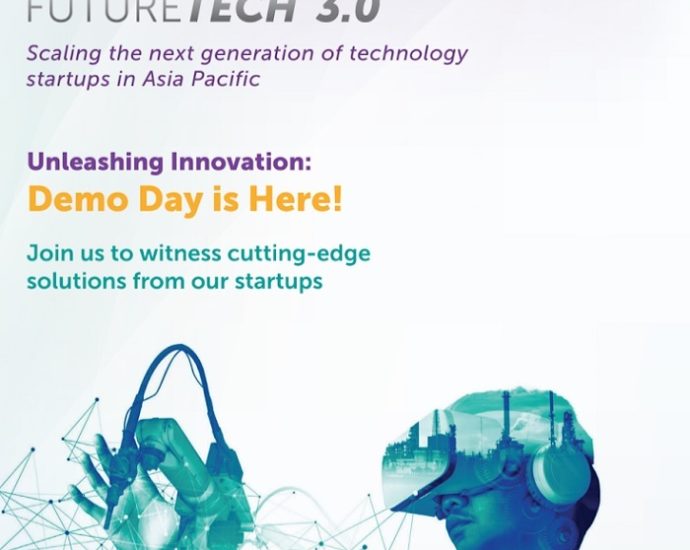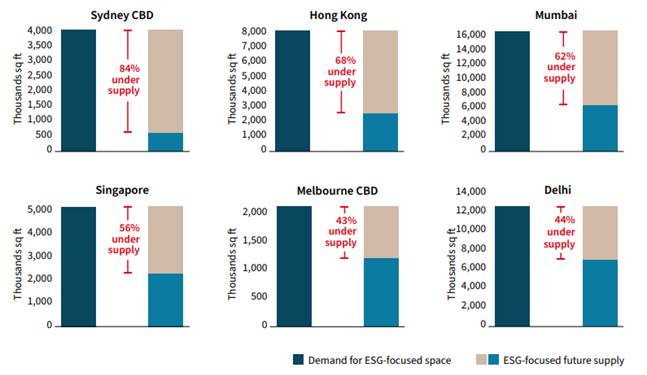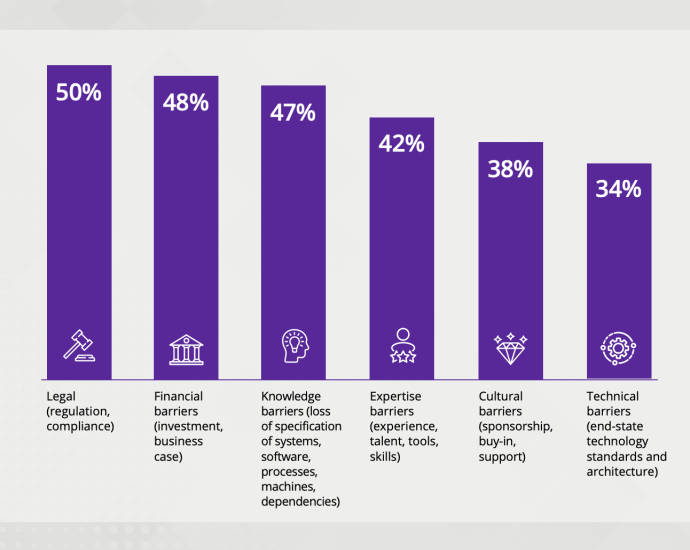Mmob appoints its co-founder, Arsalaan (Oz) Ahmed, as Executive ChairmanÂ
Oz, who co-founded the fintech with Irfan Khan in 2020, will be based in Malaysia
Recognised as a banking industry thought leader in digital technology & sustainability
UK-based embedded services provider mmob Ltd has announced the appointment of Arsalaan (Oz) Ahmed (pic) as its executive chairman. Oz, who co-founded the company with mmob CEO Irfan Khan…Continue Reading













